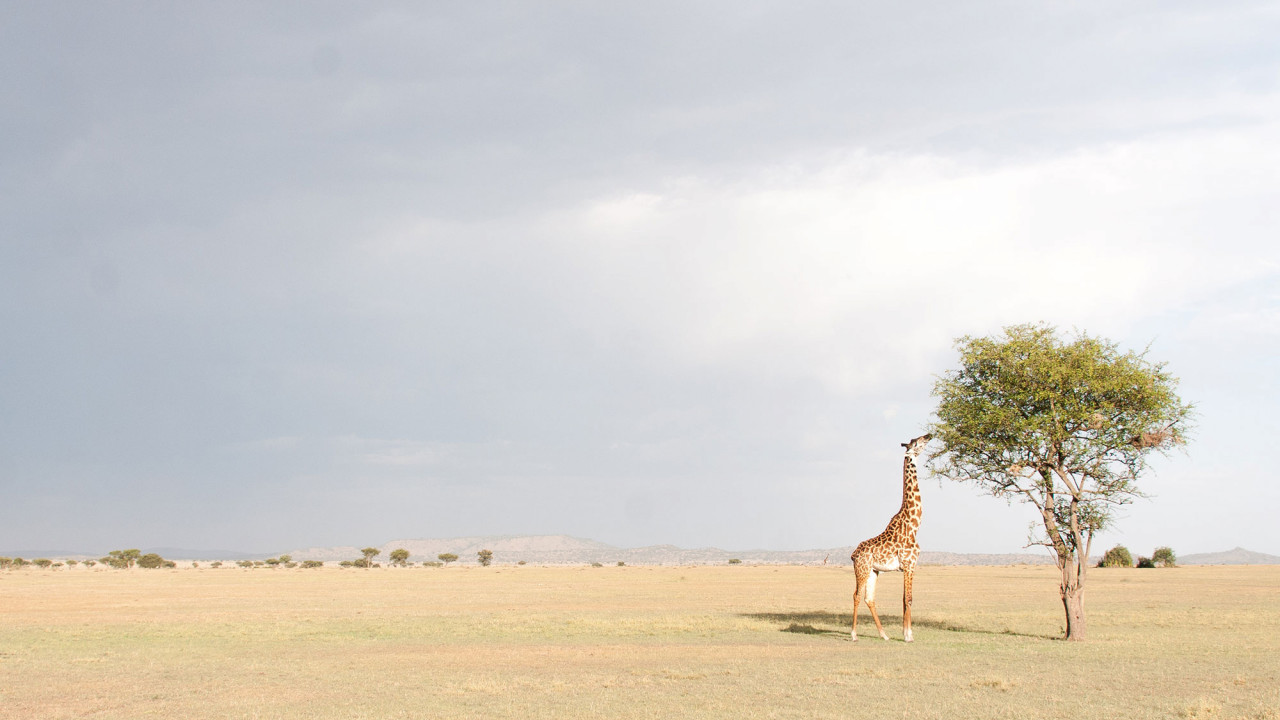
Tracking wildlife is an ancient skill that goes back to the beginnings of mankind.
It’s how we found food, and how we avoided danger. Sadly, it is a skill that has almost entirely been lost.
To be able to track, is to be able to read. It involves interpreting and acting on the many clues left for us by nature.
---
In this 3 part mini-series, we will explain the many different aspects of tracking, hoping to give you an insight into the fascinating world of African safari.
Tracking animals is one of a guide's absolute favourite things to do; there’s nothing quite like the rush you get when you find a pride of lions on foot. Part of the fun is involving guests in the search, whether that be on foot or in a vehicle, telling them what to look for, what to listen out for and how to think like an animal.
This notebook entry (Part 1) will give you an introduction into how to use different animals to find predators. Part 2 discusses how to distinguish between Africa's big cat tracks, and Part 3 explains how to tell apart the iconic white and black rhino.
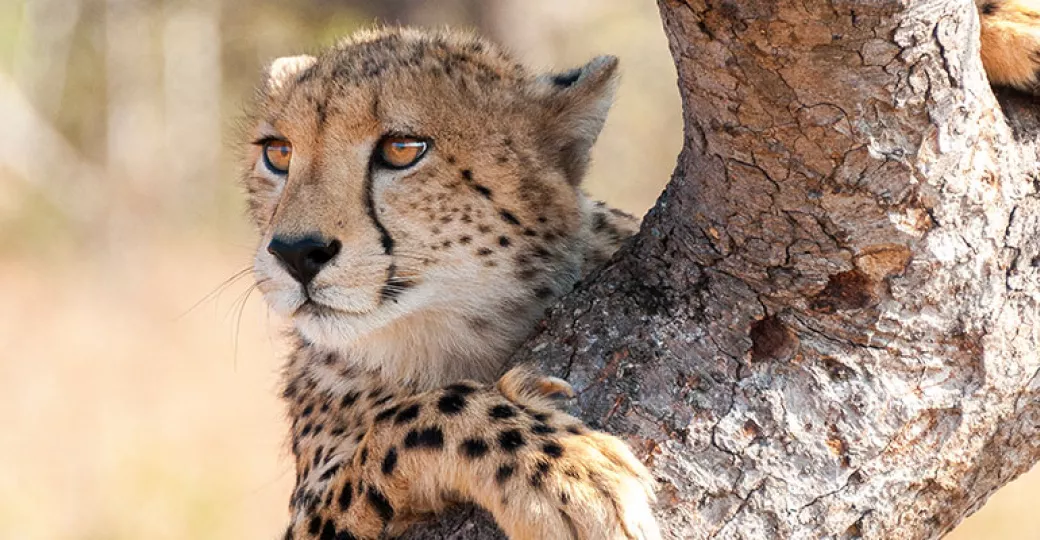
A cheetah seen at Phinda Private Game Reserve - Toby Pheasant
Looking for Predators:
When on safari, a good guide will ask you what you’re hoping to see. While they can never guarantee a sighting, they will at least explain to you the tracking techniques they are employing.
Guiding involves using all five senses (yes, including taste!) - every movement or sound is a potential clue. To view big predators such as lion, leopard and cheetah, interpreting the behaviour of other animals can often give you the best lead.
These are a few animals that could help you find them:
Monkeys:
If you hear a monkey alarm-calling, get excited. There’s a strong chance they have seen something of interest!
Monkeys are very social animals and will always alert others in their troop of danger. Try to find out where the monkey is looking. If it’s at the top of a tree and looking down, there there’s a good chance it is a big cat. If the monkey is in the middle branches of a tree looking up, then it may be an eagle.
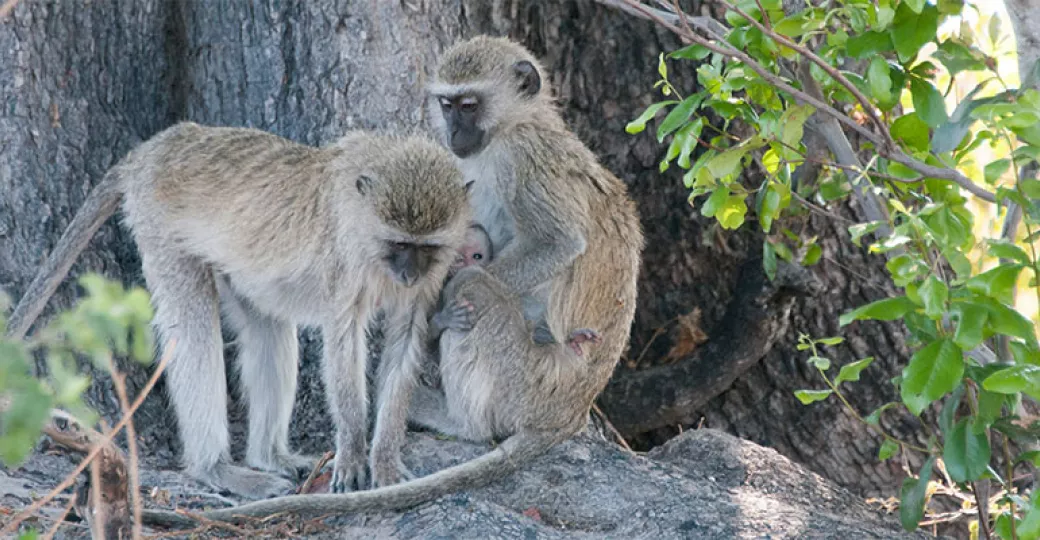
A family of vervet monkeys keeping a keen eye out for any threats
Vultures:
Vultures are incredibly helpful when it comes to finding predators feeding on a kill.
Before tearing off after a flock however, it’s important to look for particular behaviours. Vultures use hot air currents in the morning to gain altitudes so they can spot a kill many kilometres away.
As they rise on these currents, they will naturally fly in a circular motion. Observing this could easily make you think that the vultures are circling a kill. This isn’t always true. You should get excited when you see a large number of vultures circling and dropping to the ground, especially if you see some other raptors in the area.
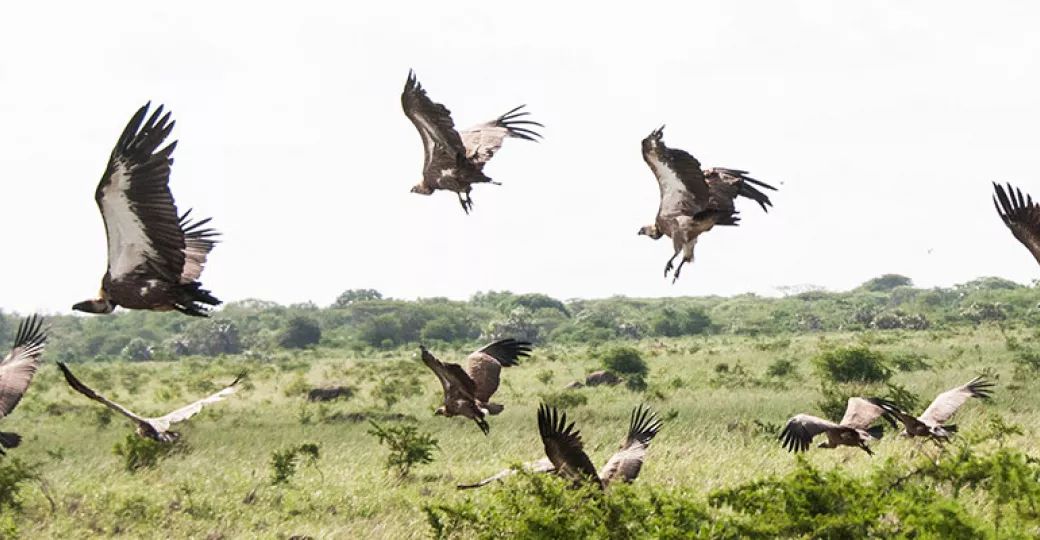
A wake of vultures - Toby Pheasant
Giraffe:
Giraffe spend much of their time feeding from the spiny branches of the acacia tree, methodically stripping leaves with their tongues.
If you see a few giraffe intently staring in one direction then they may well have seen a predator (just double check they’re not just ruminating). They will often cautiously walk towards what they suspect is a predator just to be certain.
Interestingly, giraffe don’t have the ability to vocalise and so can’t raise an alarm. Surely an example of mother nature being fair on predators (if the tallest land mammal could alert others with a call, your life as a predator would be infinitely more difficult!).
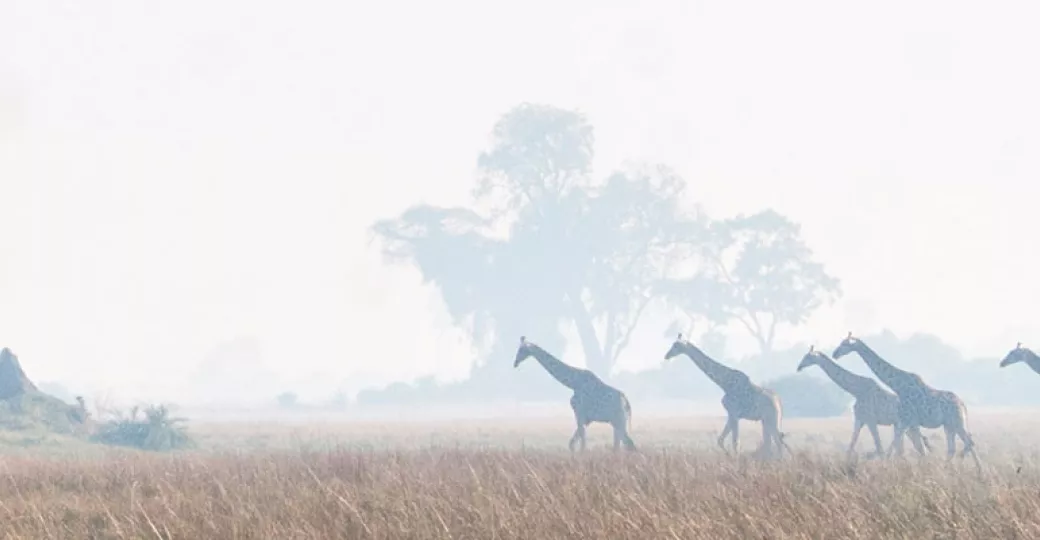
A journey of giraffe seen in the Okavango Delta - Toby Pheasant

Toby Pheasant
Toby first visited Africa at the tender age of four when he accompanied his family on their first of several safari holidays. From that moment on Toby’s love affair with Africa’s nature and wildlif...
View profileNever miss a notebook entry with our newsletter


